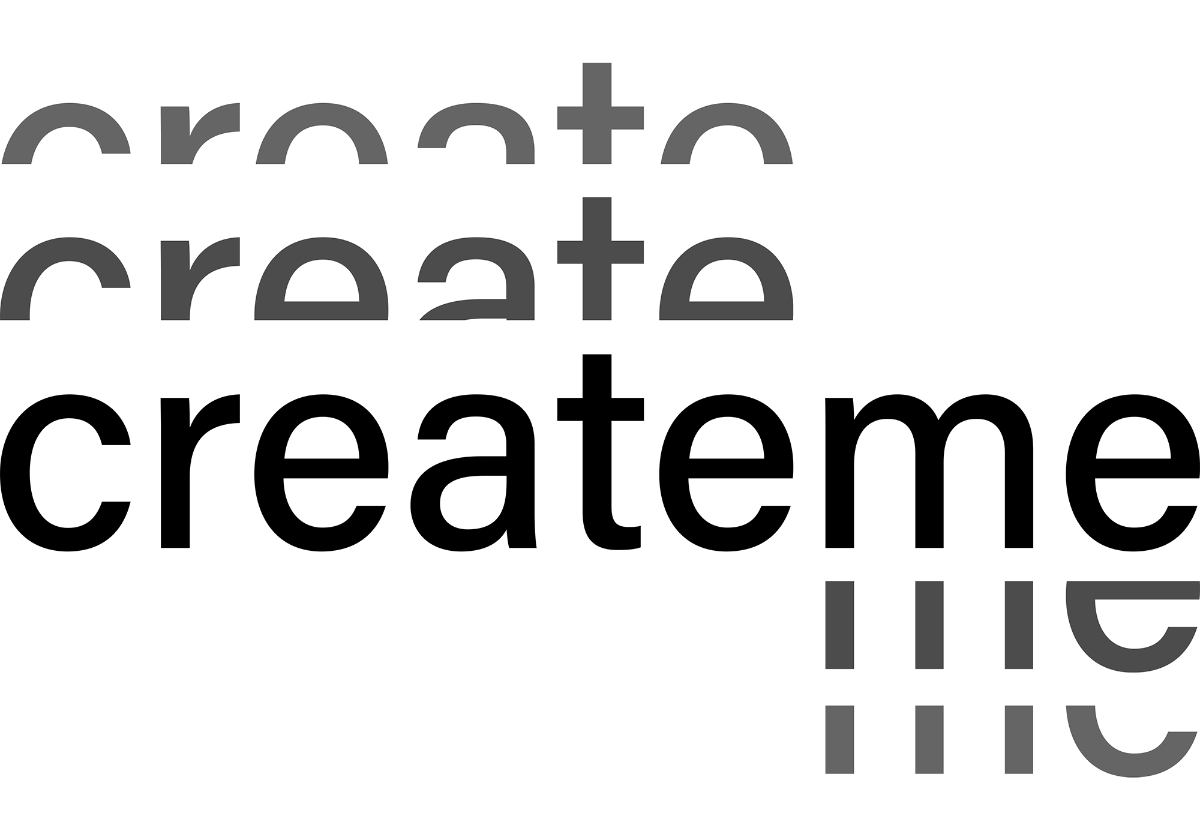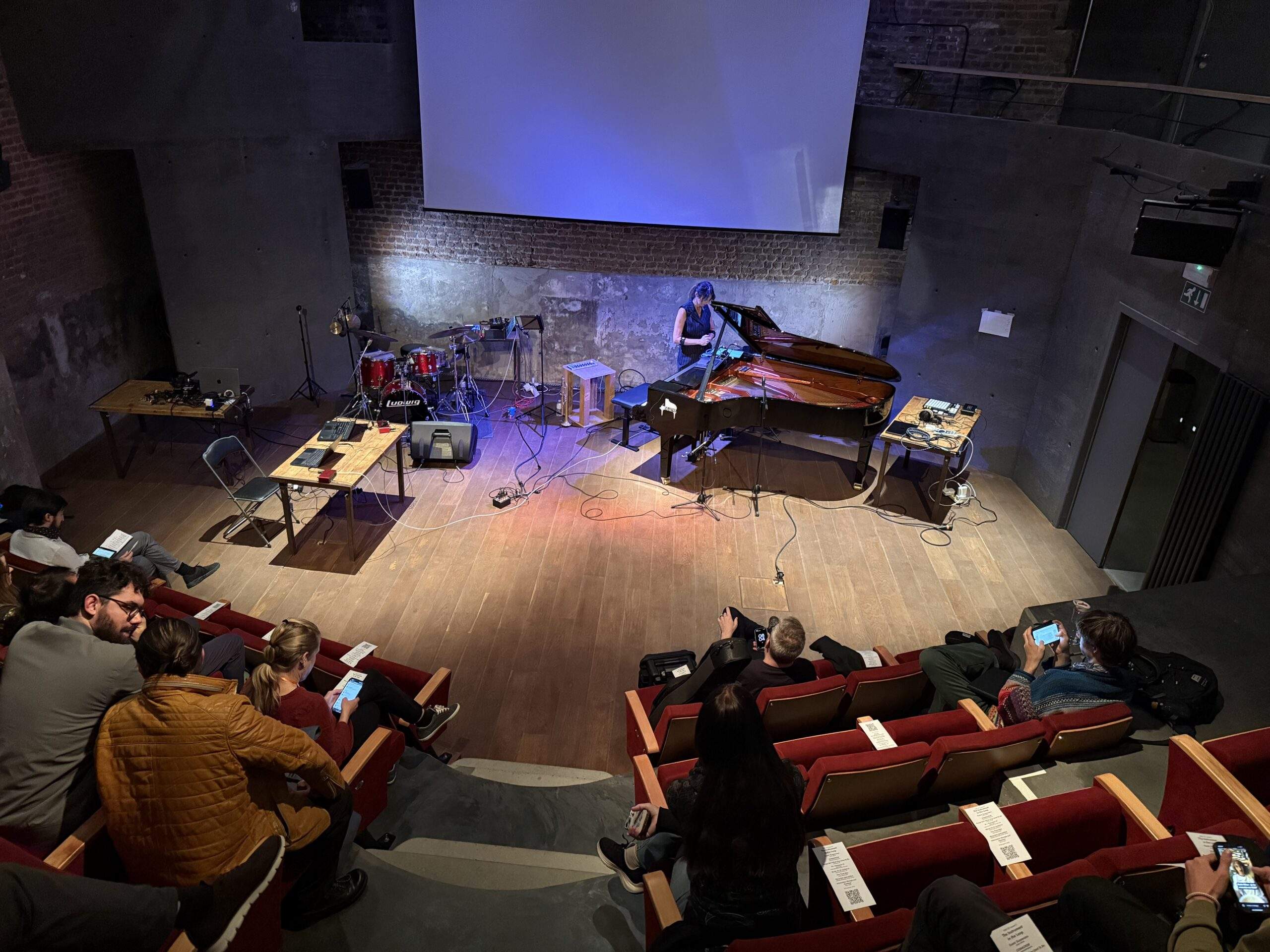The sixth Conference on AI Music Creativity, held in Brussels from 10–12 September 2025, brought together an interdisciplinary community of researchers, musicians, and technologists. Hosted by the Computational Creativity Lab of the Vrije Universiteit Brussel in collaboration with the Creation Lab of the Royal Conservatory of Antwerp, the conference explored the theme “The Artist in the Loop”. The focus was on how artists and AI systems mutually shape one another: not only how musicians can steer, train, and control AI, but also how these systems, in turn, modify artistic practice. Alessandra Bossa, PhD Research Fellow and CreTeME staff, attended the conference.
Discussions and presentations highlighted a wide spectrum of approaches. From embodied interaction and intra-action with AI agents, to the exploration of abstract timbre spaces through concatenative synthesis in tools like Mosaïque, to frameworks that rethink voice, body, and agency in creative practice, AIMC 2025 showcased how AI is no longer peripheral but increasingly embedded in the performative act. Papers emphasized gesture, improvisation, and the importance of designing systems that allow intuitive, exploratory engagement with corpora of sounds. Research-creation methodologies were central, underlining the role of practice as both a site of knowledge and a testing ground for new musical imaginaries.
Yet despite the technological sophistication and conceptual breadth on display, I personally observed a recurring tension: while the tools advance rapidly toward novelty, the resulting music often feels aesthetically conservative or old.
The technologies evolve quickly, but the music they generate often lags behind the innovation of the tools themselves.
The challenge ahead could be therefore not only technical but artistic—how to cultivate bolder musical intentions that can fully exploit these new affordances. For sure a closer dialogue between musicians and programmers could be a key step, aligning technical innovation more closely with creative imagination.
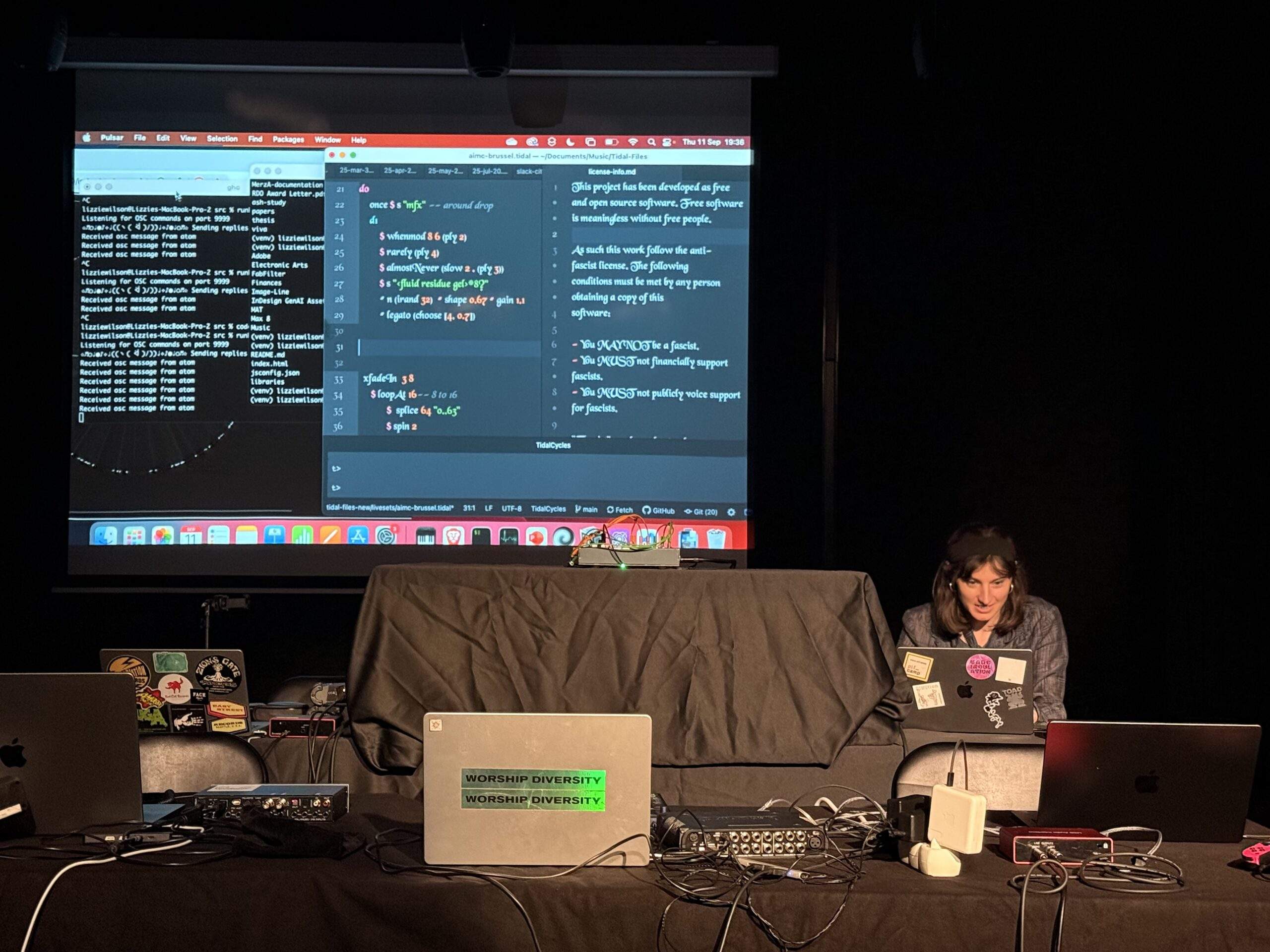

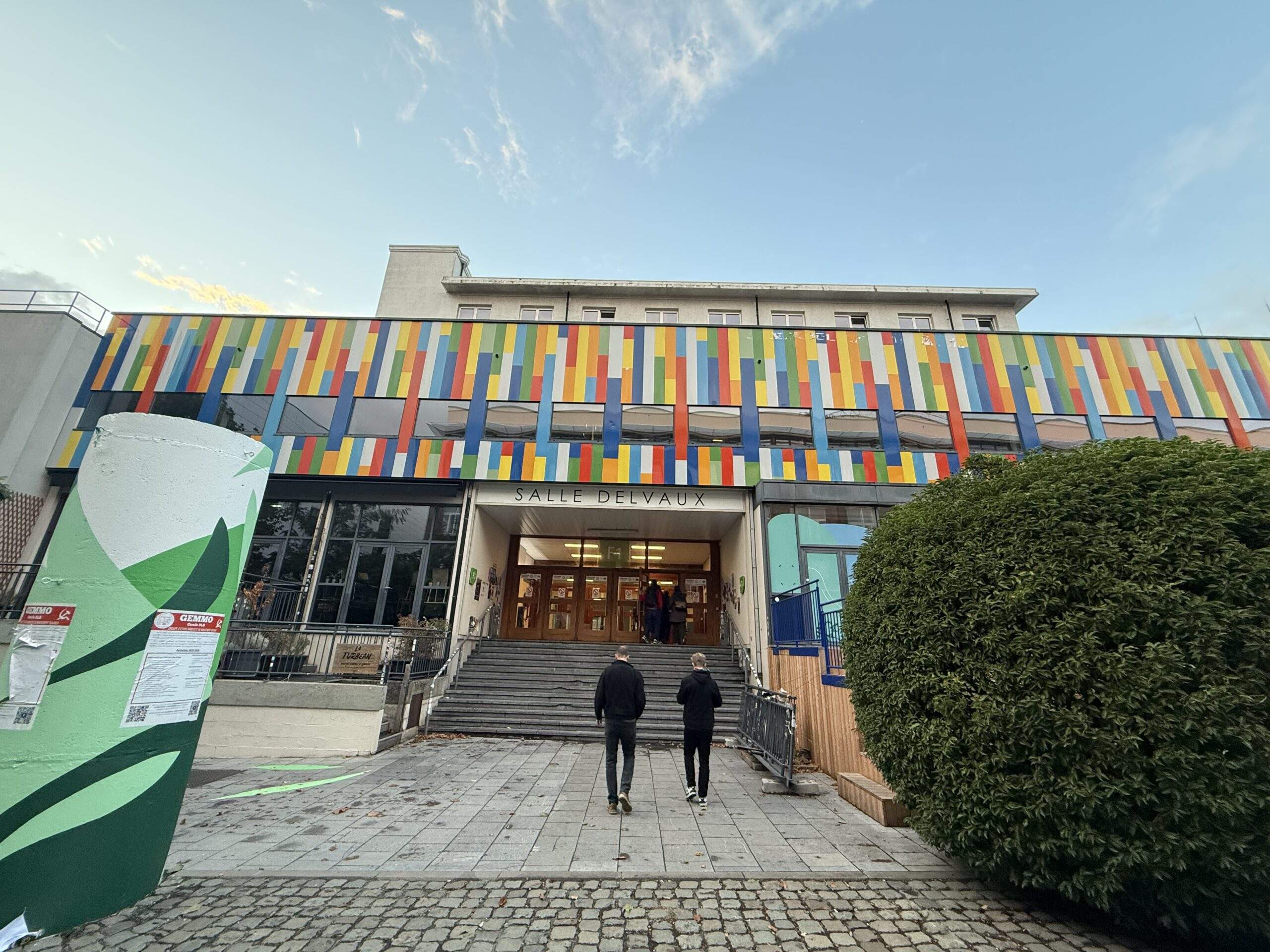
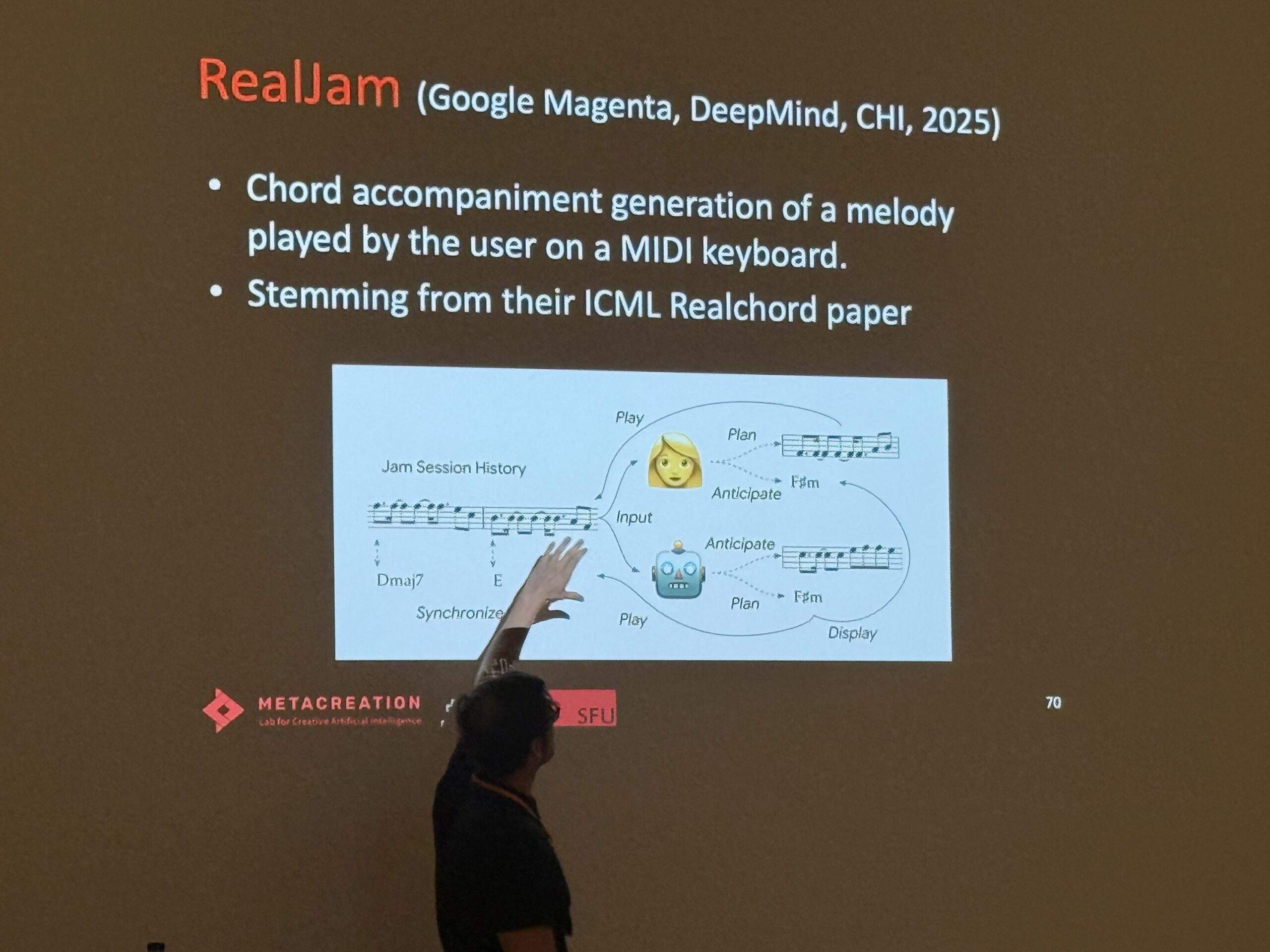
Photo credits: Private // Alessandra Bossa
